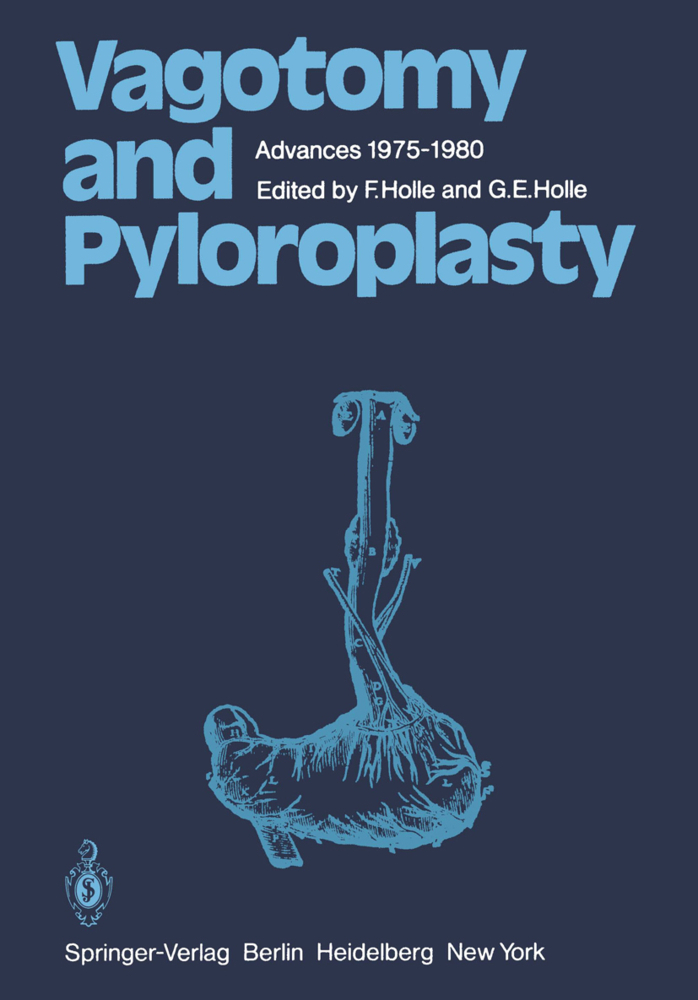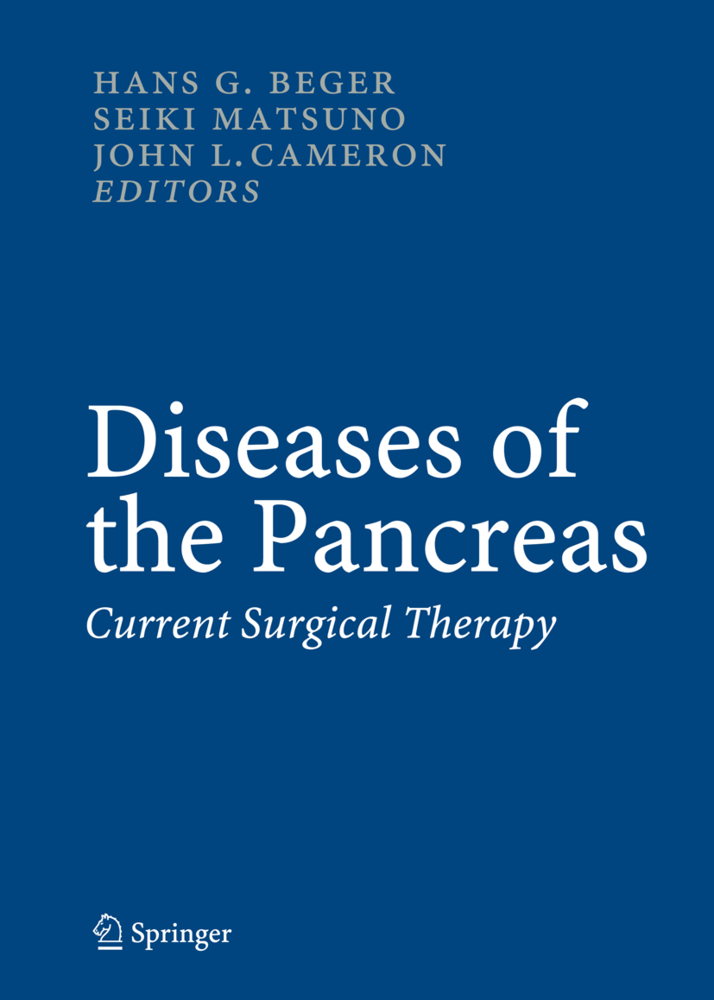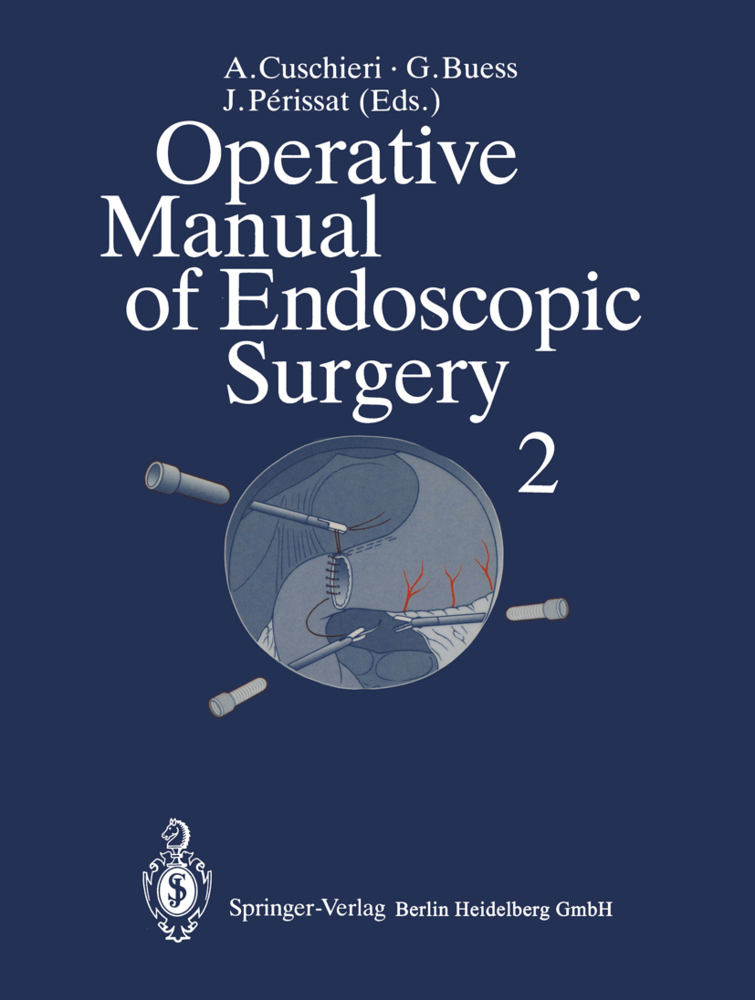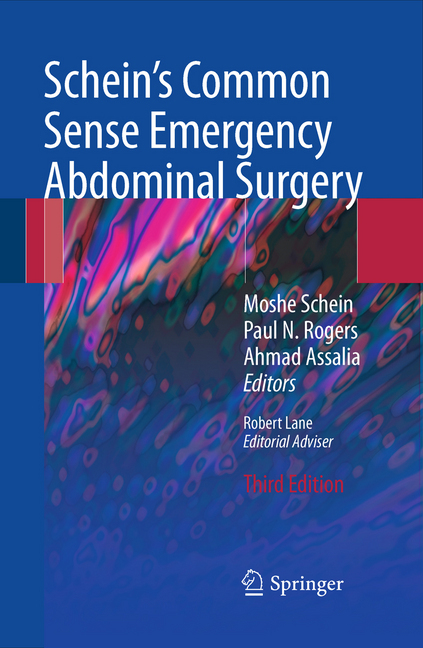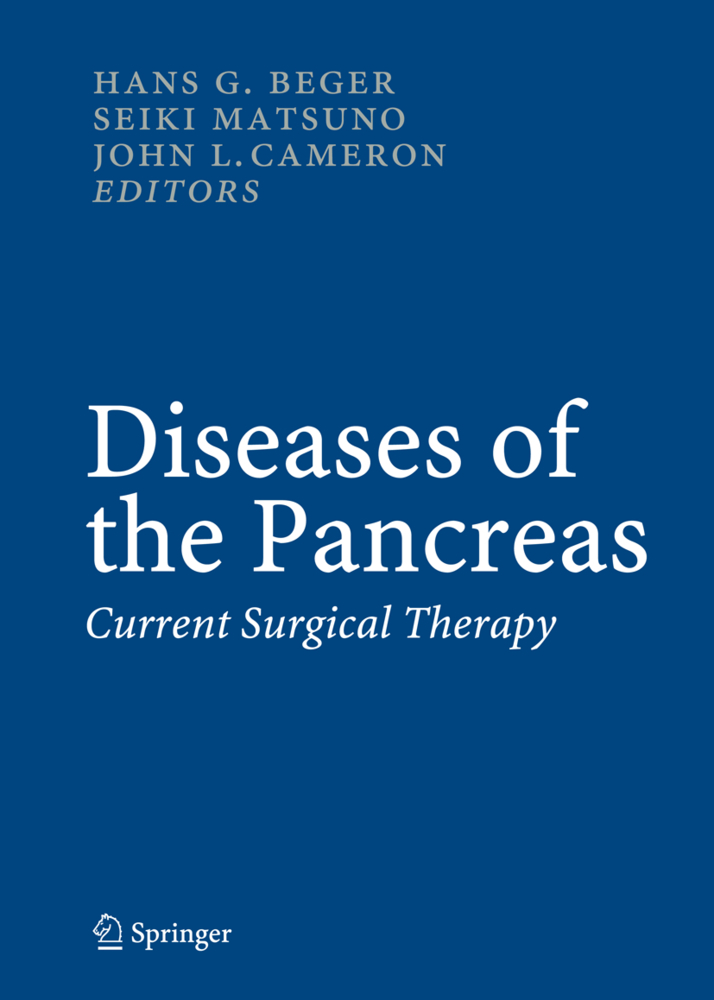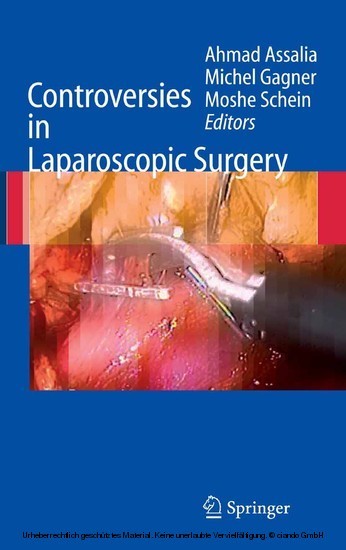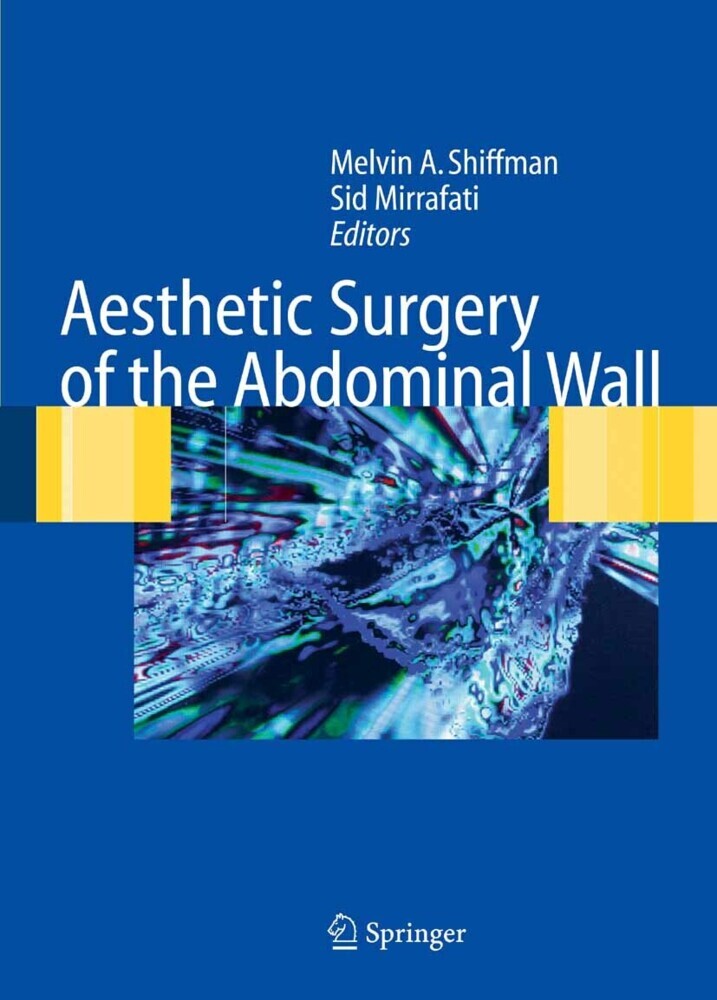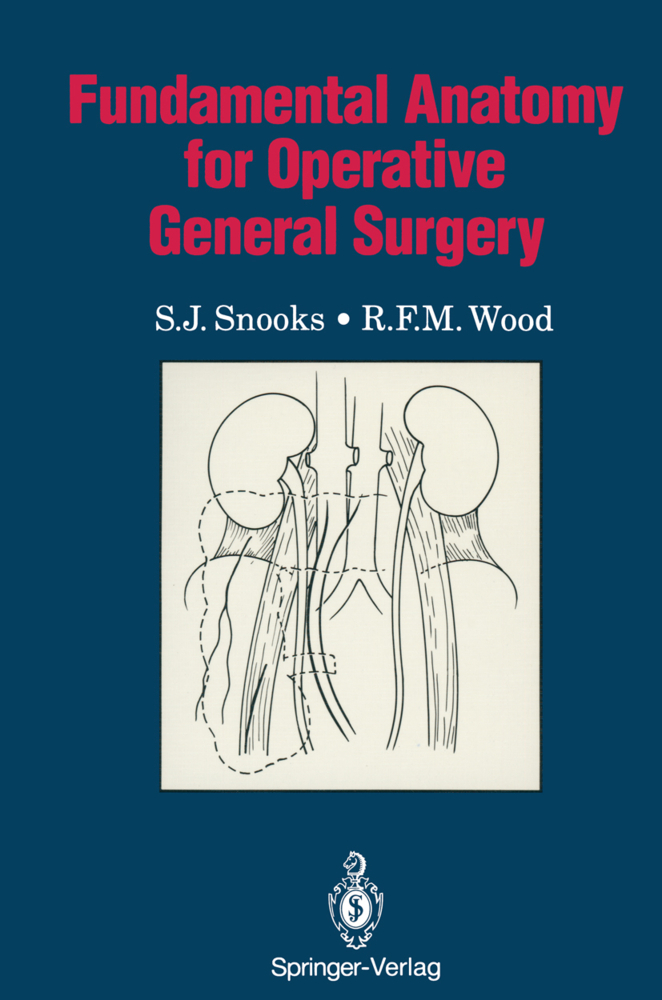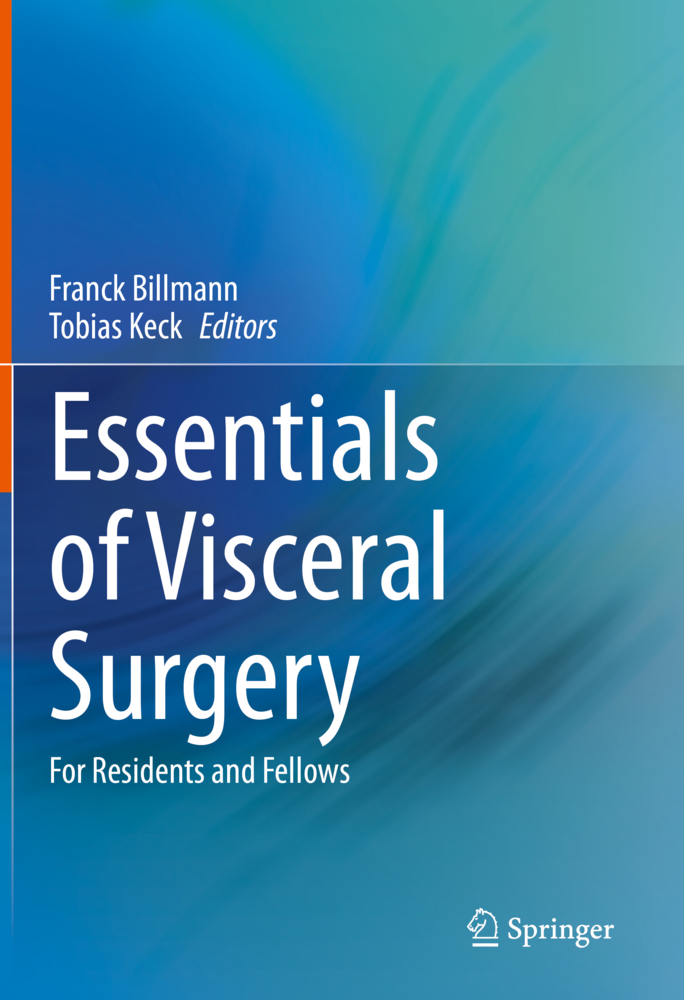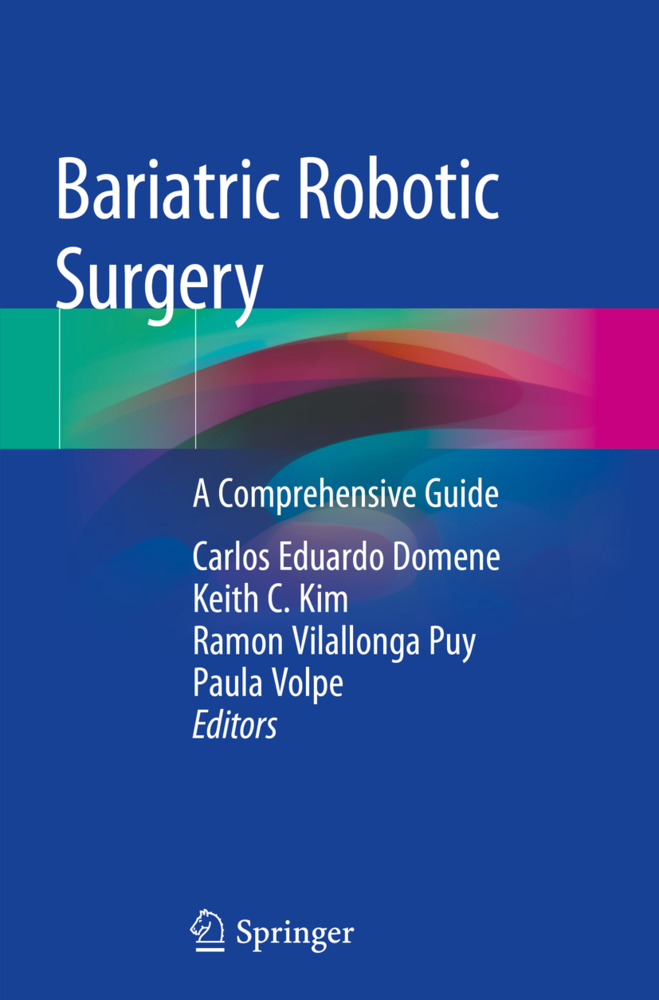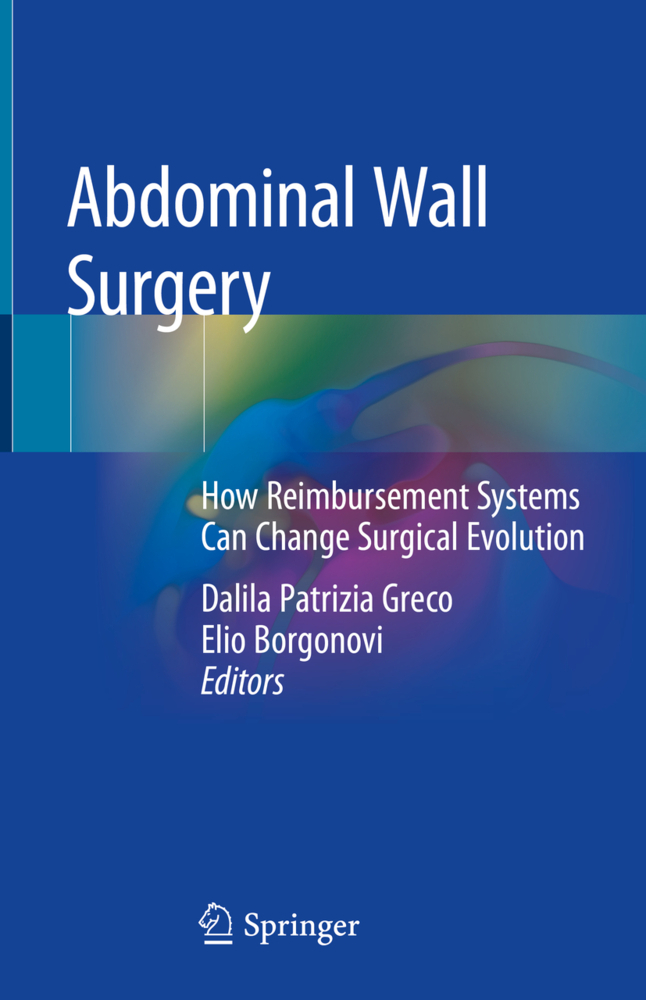Vagotomy and Pyloroplasty
Advances 1975-1980
Vagotomy and Pyloroplasty
Advances 1975-1980
The preceding monograph: ''Vagotomy - latest advances", Springer-Verlag, 1974 ed. by F. Holle and S. Andersson reported an innovation in surgery: the so-called "selective proximal vago tomy (spv) with pyloroplasty (pypl)". The usefulness of the method was put to the test in cases of peptic ulcer disease and in dog experiments. No claim was made - as some reviewers erroneously supposed - that the method was a comprehensive presentation of the surgery of peptic ulcer disease or even that it offered a patent solution to this subject Instead, it should be regarded as the initial step towards this goal. The clinical results obtained during the years 1964-74 encouraged us to pursue this line of approach with a view of reaching a stomachpreserving or non-resective method in peptic ulcer surgery and to test the appli cability of the method to other benign disorders of the stomach. After 16 years of testing and experience with over 2000 cases S (Dec. 1t. 1979) of selective proximal vagotomy with pyloroplasty, supplemented by advanced studies on the pathophysiology of the method, an additional volume is now proposed: "Vagotomy and Pyloroplasty, advances 1975-1980", Springer-Verlag 1980. This subsequent volume deals primarily with improvements and findings made during the last 5 years. It also refers to important questions concerning the practical performance of the method which arose from congresses and discussions in this field. These are: 1. Definition, efficiency and effects of the model: spv + pypl. 2.
I. Mechanical Versus Functional Surgery
II. The Beginning of Functional Surgery for Peptic Ulcer
III. Early Observations on a Functional Method of Surgical Treatment for Peptic Ulcer
IV. Establishment of Theoretical Model of a Non-resective Method
B: Patho-physiological Background
I. Definition and Efficiency of the Model
II. Effects of the Model
C: Prerequisites and Technique of Adequate SPV (= a-SPV)
I. Prerequisites for an a-SPV
II. Functional Considerations Regarding Indication and Choice of Procedure
III. Standard Technique of Adequate SPV (a-SPV)
D: The Why? and How? of Drainage Within the Non-resective Method
I. The Deficiencies of a-SPV
II. The Importance of the Antro-pyloric Canal
III. Functional Measurement of the Motility of the Stomach as a Whole (Especially Functional Scintigraphy)
IV. The Meaning of Pyloroplasty appropriate to Form and Function (ff-pypl) and its Standard Techniques
E: Results: Short Review of Experiences with the Non-resective Method in 2072 Cases
I Clinical and Experimental Examinations on the Efficiency of a ff-Pyloroplasty
II Effect of Different Pyloroplasties on Functional Results
III Clinical Results of the Munich Series Compared to Other Studies
IV Summary of Present Non-resective Surgery for Primary Peptic Ulcer
F: Indication, Application and Results of the Method in Cases Other Than Primary Peptic Ulcer
I. Complicated Ulcer
II. Achalasia, Hiatal Hernia and other Indications
III. Appendix
References.
Contents1
A: IntroductionI. Mechanical Versus Functional Surgery
II. The Beginning of Functional Surgery for Peptic Ulcer
III. Early Observations on a Functional Method of Surgical Treatment for Peptic Ulcer
IV. Establishment of Theoretical Model of a Non-resective Method
B: Patho-physiological Background
I. Definition and Efficiency of the Model
II. Effects of the Model
C: Prerequisites and Technique of Adequate SPV (= a-SPV)
I. Prerequisites for an a-SPV
II. Functional Considerations Regarding Indication and Choice of Procedure
III. Standard Technique of Adequate SPV (a-SPV)
D: The Why? and How? of Drainage Within the Non-resective Method
I. The Deficiencies of a-SPV
II. The Importance of the Antro-pyloric Canal
III. Functional Measurement of the Motility of the Stomach as a Whole (Especially Functional Scintigraphy)
IV. The Meaning of Pyloroplasty appropriate to Form and Function (ff-pypl) and its Standard Techniques
E: Results: Short Review of Experiences with the Non-resective Method in 2072 Cases
I Clinical and Experimental Examinations on the Efficiency of a ff-Pyloroplasty
II Effect of Different Pyloroplasties on Functional Results
III Clinical Results of the Munich Series Compared to Other Studies
IV Summary of Present Non-resective Surgery for Primary Peptic Ulcer
F: Indication, Application and Results of the Method in Cases Other Than Primary Peptic Ulcer
I. Complicated Ulcer
II. Achalasia, Hiatal Hernia and other Indications
III. Appendix
References.
| ISBN | 978-3-540-10083-6 |
|---|---|
| Artikelnummer | 9783540100836 |
| Medientyp | Buch |
| Copyrightjahr | 1980 |
| Verlag | Springer, Berlin |
| Umfang | XIV, 146 Seiten |
| Abbildungen | XIV, 146 p. 60 illus. |
| Sprache | Englisch |

